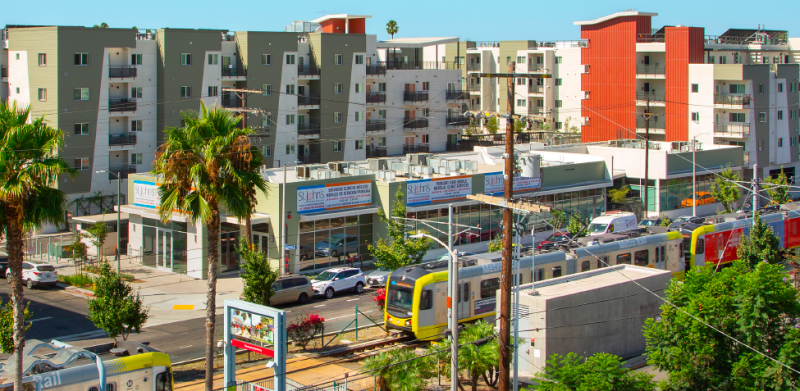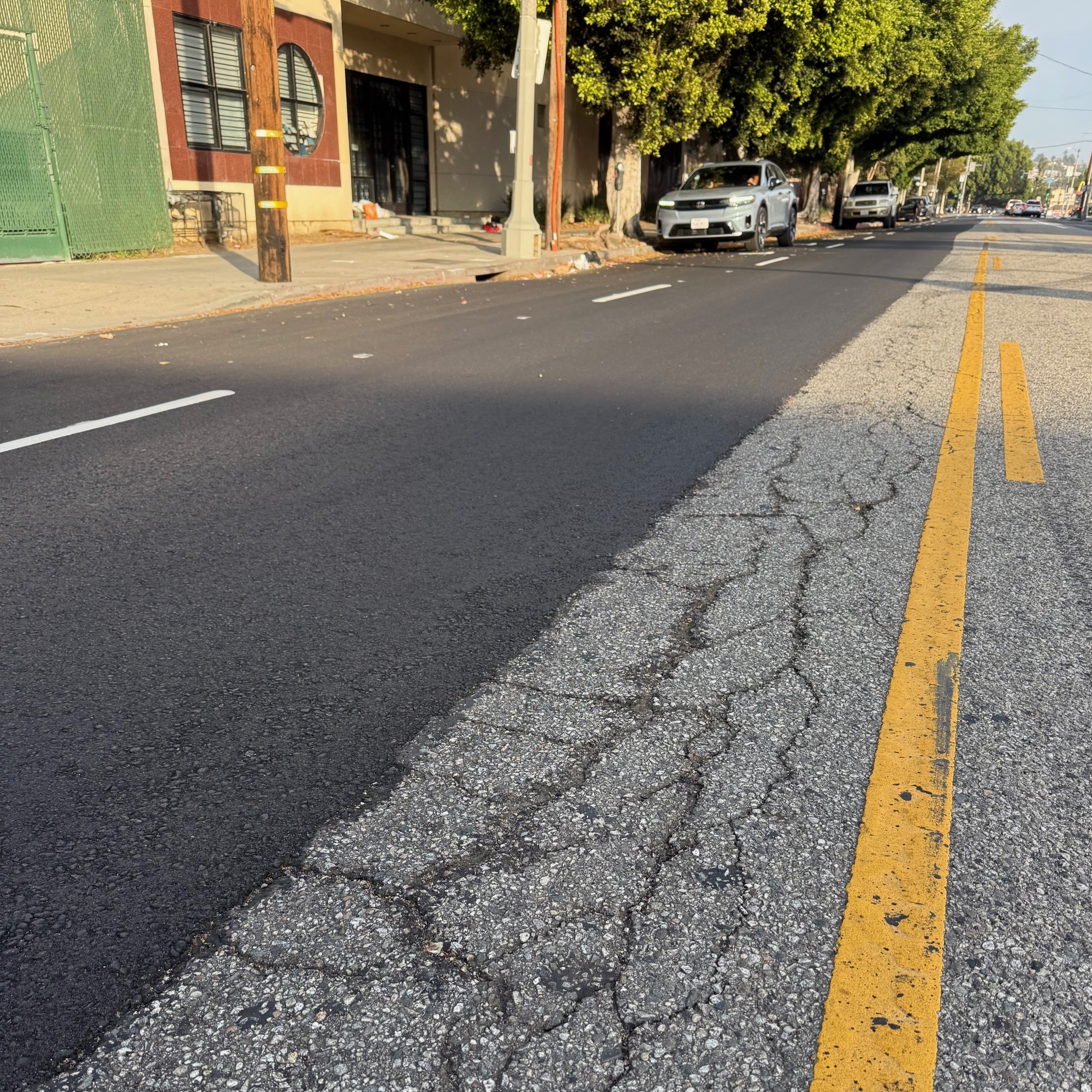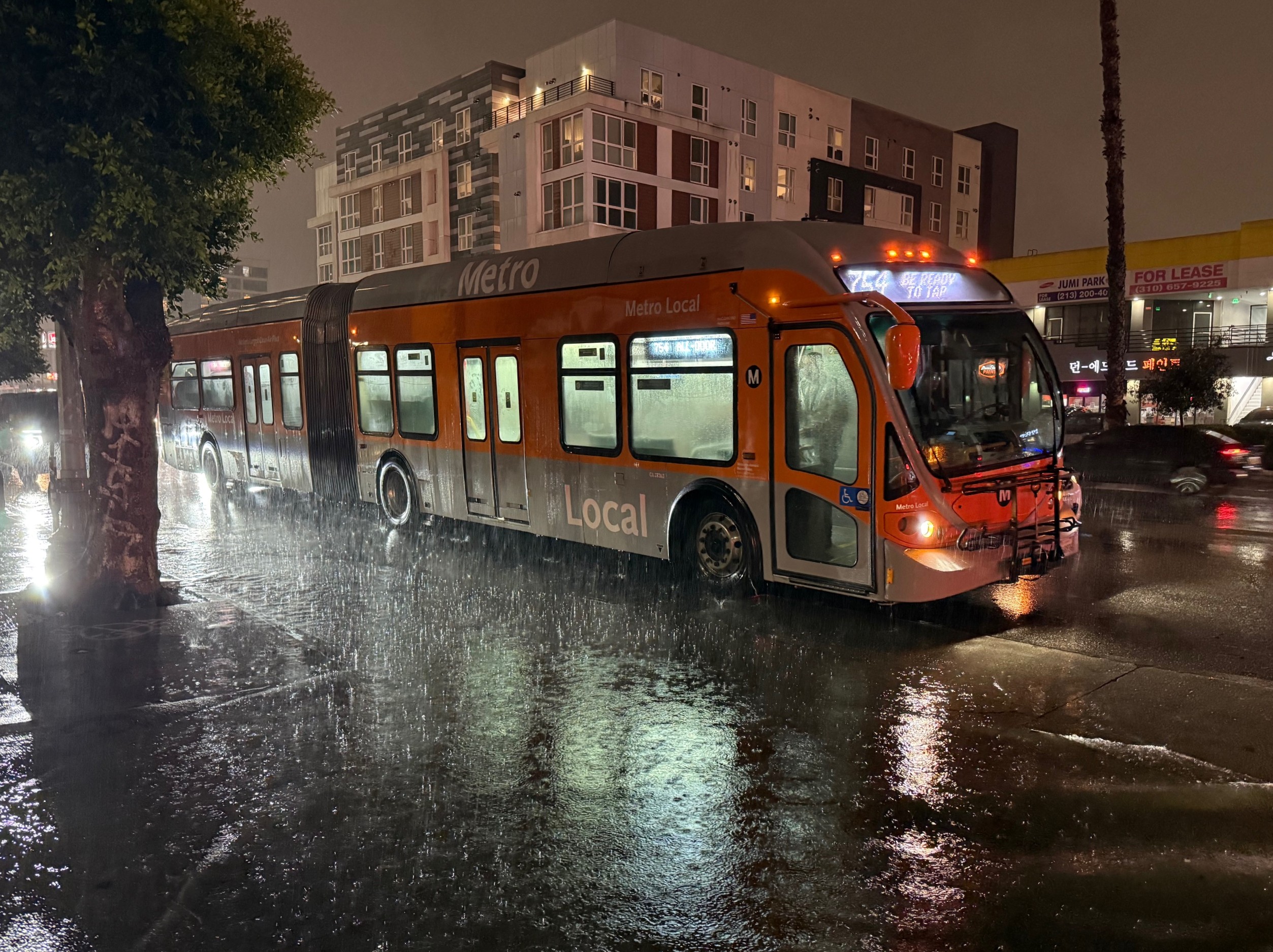The Affordable Housing and Sustainable Communities program was formulated in 2014 to solve multiple statewide problems. Its ambitious aims are to build much-needed affordable housing that makes it easy and inexpensive for its residents to get where they need to go without relying on cars. The program has been funded by California's cap-and-trade program to help reduce greenhouse gas emissions by making the connection between housing and transportation.
To do so, it pushes organizations and agencies in different sectors to coordinate on strategies to meet all the goals. It also funds bike and pedestrian pathways and crossings, improvements to transit services, stops, and station areas, and transit passes for residents.
Another goal is to prevent displacement, which is a particular problem in transit-rich areas where housing prices can force out existing tenants. In addition to building more affordable housing, it encourages the adoption of tenant protection policies, marketing plans for outreach to disadvantaged communities, and workforce development and hiring strategies.
It also encourages "climate resiliency strategies" to help communities prepare for the impacts of climate change. Those include planting trees to mitigate heat islands, building storm water management infrastructure, and creating drought-tolerate landscaping.
Nothing big about this little program's ambition - just aiming to solve all the problems, that’s all. It puts into practice what California has been trying, and failing, to do for years: connect planning for housing to planning how people will get to and from that housing.
It’s too much to ask from one program, but the success of the AHSC still shows what is possible. California needs more than 1.4 million new affordable homes to meet the needs of its lowest income renters. The AHSC has produced almost 9,000 new units in its four years--a mere drop in that bucket. It’s also one of the few sources of affordable housing funding in the state.
Enterprise Community Partners and the California Housing Partnership, two organizations that helped formulate and run the program, in conjunction with the Strategic Growth Council, just released an annual report outlining the program's progress. The program is now four years old, and enough time has passed to assess some on-the-ground results.
"This is the first year we've been able to include resident stories," said Justine Marcus of Enterprise Community Partners. "Now projects have been completed, and people are living in them. We can share quantitative data as well as case study stories."
The report's authors estimate that the latest round of AHSC awards alone will save residents of its projects--and of their surrounding communities--more than $550 million from switching from driving to riding mass transit, biking, or walking. But the cost savings are just a side benefit of the program's focus to reduce greenhouse gases. Using calculators created by the Air Resources Board, the authors estimate that the developments and investments funded by the AHSC will bring a substantial reduction in greenhouse gases.
In the first four rounds of awards, the AHSC invested $1.1 billion towards:
- 101 integrated affordable housing and transportation developments across California, many of which directly benefit disadvantaged and low-income communities
- 8,933 new affordable homes
- 158 miles of new and improved bike lanes
- 1,000 new and improved crosswalks
- 222 new buses, vans, shuttles
- 7,800 transit passes
- 21,000 jobs during construction alone, supporting about 6,000 permanent jobs
- $1.7 billion in wages and business income
- $666 million in state and local tax revenue
- 2.2 million metric tons of GHG avoided
- 15,600 cars removed from the road
- 181 million fewer miles driven
- "hundreds of millions" in wages, business income, local and state tax revenue
"By requiring coordination of housing, transportation, and land use planning," write the authors, "AHSC simultaneously and holistically addresses three of California’s most pressing challenges: housing affordability, transportation infrastructure, and climate change mitigation.... AHSC’s success stems in part from the deep partnerships and coordination it has fostered among affordable housing developers, transit agencies, local governments, and community organizations and residents."
"The idea behind this report is to help bring home some of the holistic, multi-sector impacts of the AHSC," said Marcus.
The Greenhouse Gas Reduction Fund, which has allocated twenty percent of annual cap-and-trade revenue to the AHSC up until this point, will undergo changes to its structure in 2020. That may affect how much funding the AHSC receives, or even whether it gets funded at all in the future.







